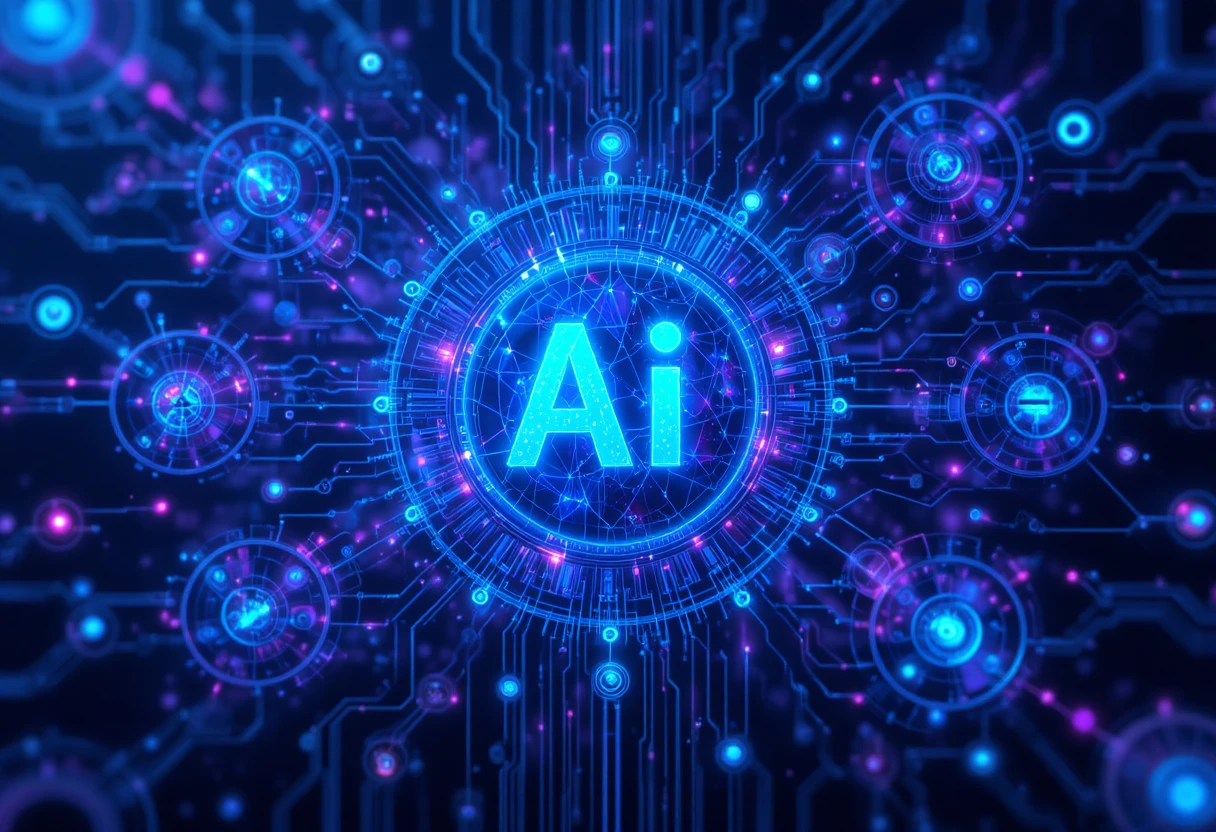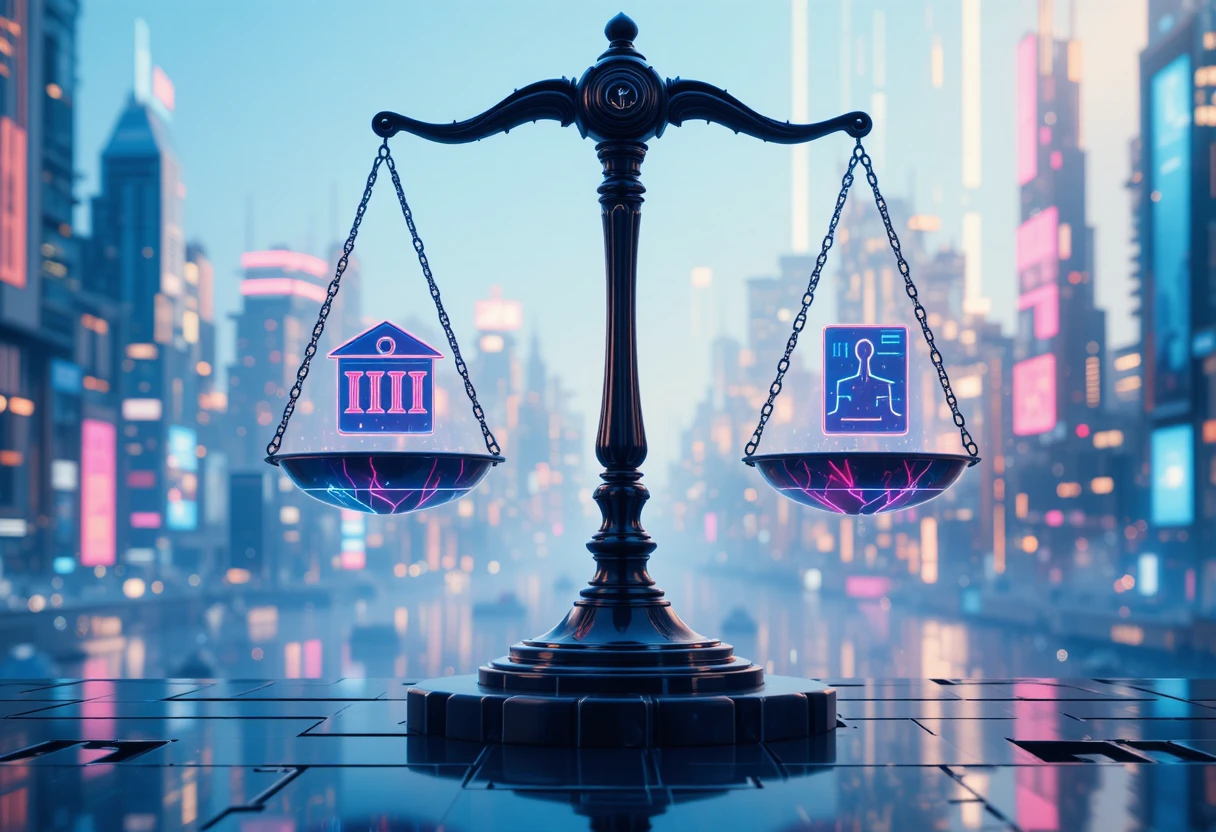Artificial Intelligence (AI) is transforming the world at an unprecedented pace, reshaping industries, economies, and daily life. From self-driving cars to personalized healthcare, AI’s capabilities are expanding, promising both incredible opportunities and complex challenges. This article explores the history, current applications, ethical considerations, and future potential of AI, providing a comprehensive overview of this groundbreaking technology.
What is Artificial Intelligence?
Artificial Intelligence refers to the development of computer systems that can perform tasks requiring human intelligence, such as learning, problem-solving, decision-making, and perception. AI systems mimic cognitive functions through algorithms, data processing, and computational models. At its core, AI aims to create machines that can think and act intelligently, either in a specialized (narrow AI) or generalized (general AI) capacity.
A Brief History of AI
The concept of AI dates back to the 1950s when computer scientist Alan Turing posed the question, “Can machines think?” His Turing Test became a foundational benchmark for assessing machine intelligence. In 1956, the term “Artificial Intelligence” was coined by John McCarthy during the Dartmouth Conference, marking the formal beginning of AI research.
Early AI focused on symbolic systems and rule-based logic, but progress was slow due to limited computing power. The 1980s saw the rise of expert systems, which used predefined rules to mimic human expertise in fields like medicine. However, it was the 21st century’s advancements in big data, cloud computing, and machine learning that propelled AI into the mainstream. Today, AI is powered by neural networks, deep learning, and massive datasets, enabling breakthroughs in areas like natural language processing and image recognition.

Types of Artificial Intelligence
AI is categorized into three main types based on its capabilities: Narrow AI, General AI, and Superintelligent AI.
Narrow AI
Narrow AI, also known as weak AI, is designed for specific tasks. Examples include virtual assistants like Siri and Alexa, recommendation algorithms on Netflix, and facial recognition systems. Narrow AI excels in well-defined domains but lacks general cognitive abilities. Most AI applications today fall under this category, driving efficiency and innovation across industries.
General AI
General AI aims to replicate human-like intelligence, capable of performing any intellectual task a human can. This level of AI remains theoretical, as current systems are far from achieving human-level reasoning across diverse domains. Researchers are working toward General AI, but significant technical and ethical hurdles remain.
Superintelligent AI
Superintelligent AI, a speculative concept, refers to AI surpassing human intelligence in all areas, including creativity, problem-solving, and emotional understanding. While this idea fuels science fiction, it raises concerns about control, safety, and societal impact. Experts like Elon Musk have warned about the risks of unchecked superintelligent AI.
How AI Works: The Technology Behind It
AI systems rely on a combination of algorithms, data, and computational power. Understanding the building blocks of AI provides insight into its transformative potential.
Machine Learning
Machine Learning (ML), a subset of AI, enables systems to learn from data without explicit programming. ML algorithms identify patterns and make predictions based on training datasets. Supervised learning, unsupervised learning, and reinforcement learning are common ML approaches, used in applications like spam filtering and autonomous driving.
Deep Learning
Deep Learning, a specialized form of ML, uses neural networks with multiple layers to process complex data. Inspired by the human brain, these networks excel in tasks like image and speech recognition. Deep learning powers innovations like self-driving cars and medical diagnostics.
Natural Language Processing (NLP)
NLP enables machines to understand and generate human language. Applications include chatbots, language translation, and sentiment analysis. NLP has advanced significantly with models like GPT, which can generate human-like text and engage in conversations.
Computer Vision
Computer vision allows AI to interpret visual data, such as images and videos. From facial recognition to autonomous drones, computer vision is critical for applications requiring visual perception. Advances in this field have led to breakthroughs in security, healthcare, and retail.

Applications of AI Across Industries
AI’s versatility makes it a game-changer across diverse sectors. Here are some key areas where AI is making a significant impact.
Healthcare
AI is revolutionizing healthcare by improving diagnostics, personalizing treatments, and streamlining operations. Machine learning models analyze medical images to detect diseases like cancer with high accuracy. AI-powered chatbots provide mental health support, while predictive analytics optimize hospital resource management. For example, IBM’s Watson Health assists doctors in diagnosing rare conditions by analyzing vast medical datasets.
Finance
In finance, AI enhances fraud detection, risk assessment, and customer service. Algorithms analyze transaction patterns to identify suspicious activities, while robo-advisors offer personalized investment advice. AI also powers high-frequency trading, enabling faster and more accurate market predictions.
Transportation
Autonomous vehicles, powered by AI, are reshaping transportation. Companies like Tesla and Waymo use computer vision and deep learning to navigate roads safely. AI also optimizes logistics, reducing costs and improving delivery efficiency for companies like Amazon.
Retail and E-Commerce
AI personalizes the shopping experience through recommendation engines, dynamic pricing, and inventory management. Chatbots handle customer inquiries, while computer vision enables cashierless stores like Amazon Go. AI-driven analytics help retailers predict trends and optimize supply chains.
Education
AI is transforming education through personalized learning platforms, automated grading, and virtual tutors. Tools like Duolingo use AI to adapt lessons to individual learning styles, improving engagement and outcomes. AI also supports administrative tasks, freeing educators to focus on teaching.
Entertainment
In entertainment, AI powers content creation, recommendation systems, and immersive experiences. Streaming platforms like Spotify and Netflix use AI to suggest music and shows based on user preferences. AI-generated art and music are also gaining popularity, pushing the boundaries of creativity.
Ethical Considerations in AI
As AI becomes ubiquitous, ethical concerns are coming to the forefront. Addressing these issues is critical to ensuring AI benefits society without causing harm.
Bias and Fairness
AI systems can inherit biases from their training data, leading to unfair outcomes. For example, facial recognition systems have been criticized for misidentifying individuals based on race or gender. Developers must prioritize diverse datasets and transparent algorithms to mitigate bias.
Privacy
AI’s reliance on vast datasets raises privacy concerns. From social media to healthcare, AI systems process sensitive personal information. Robust data protection measures, such as encryption and anonymization, are essential to safeguard user privacy.
Job Displacement
AI automation threatens jobs in sectors like manufacturing, transportation, and customer service. While AI creates new opportunities, reskilling programs are crucial to help workers transition to roles that complement AI technologies.
Accountability
Who is responsible when AI makes a mistake? For example, if an autonomous vehicle causes an accident, should the blame fall on the manufacturer, programmer, or user? Clear regulations and accountability frameworks are needed to address these questions.

The Future of AI
The future of AI is both exciting and uncertain. Advances in computing power, algorithms, and data availability will drive further innovation. Here are some trends shaping the future of AI.
AI in Everyday Life
AI will become more integrated into daily life, from smart homes that anticipate our needs to wearable devices that monitor health in real-time. Voice assistants will evolve into more intuitive companions, capable of understanding context and emotions.
AI and Sustainability
AI can address global challenges like climate change by optimizing energy usage, improving agricultural yields, and predicting natural disasters. For example, AI models analyze weather patterns to enhance renewable energy efficiency.
General AI and Beyond
While General AI remains a distant goal, progress in areas like transfer learning and multimodal AI (combining text, images, and sound) brings us closer to machines with broader cognitive abilities. However, achieving General AI will require breakthroughs in understanding human consciousness.
Regulation and Governance
As AI’s impact grows, governments and organizations are developing frameworks to regulate its use. Policies addressing data privacy, algorithmic transparency, and safety standards will shape AI’s evolution. International collaboration is essential to ensure consistent ethical guidelines.
Challenges and Limitations
Despite its potential, AI faces significant challenges. Technical limitations, such as the need for vast computational resources, hinder scalability. Ethical dilemmas, as discussed earlier, require ongoing attention. Additionally, public perception of AI—often shaped by dystopian narratives—can impede adoption. Education and transparent communication are key to building trust in AI technologies.
Conclusion
Artificial Intelligence is a transformative force, redefining how we live, work, and interact. From healthcare to entertainment, its applications are vast and growing. However, with great power comes great responsibility. Addressing ethical concerns, ensuring fairness, and fostering innovation will determine AI’s long-term impact. As we stand on the cusp of an AI-driven future, collaboration between technologists, policymakers, and society is essential to harness AI’s potential for the greater good.
